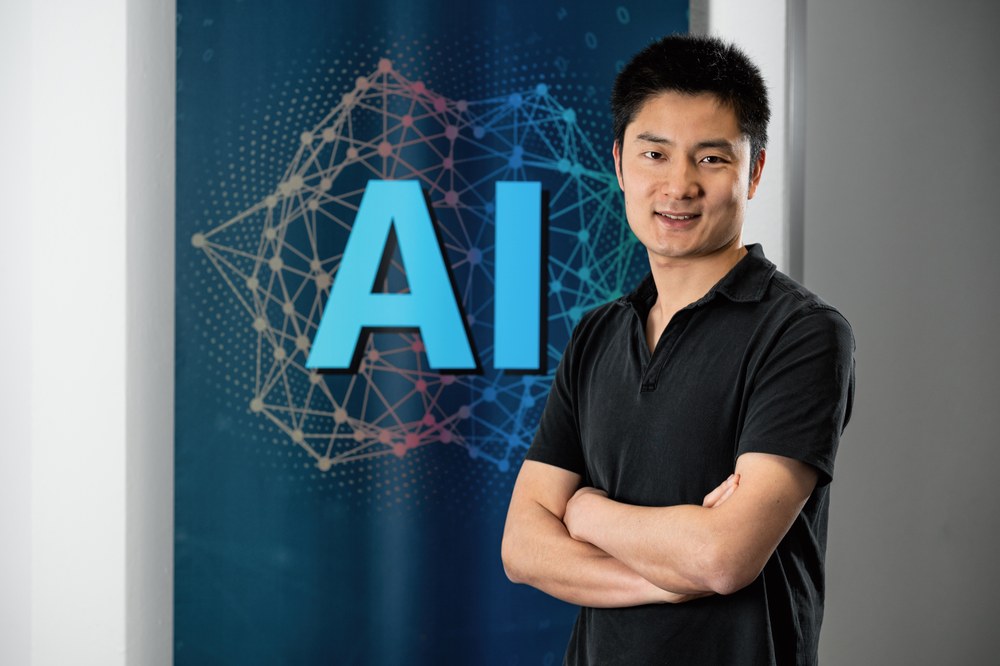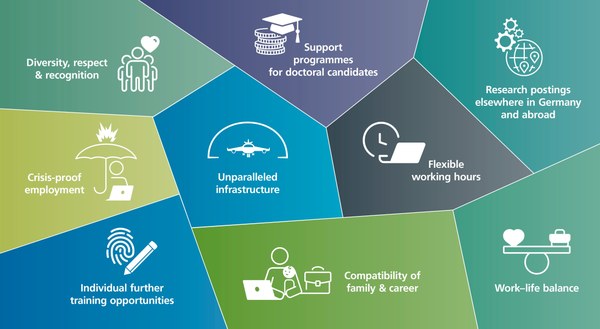Tamon Nakano
Field of study: Mechanical engineering
Now: Institute for AI Safety and Security
Tamon Nakano studied mechanical engineering. In 2022, he joined the DLR Institute for AI Safety and Security in Sankt Augustin as a research associate. In the Execution Environments and Innovative Computing Methods Department, he applies and optimises artificial intelligence (AI) in physical simulations, among other things. In this interview, he offers insights into his work.
Tamon, what do you look forward to when coming to work in the morning?
Tamon: There is always something new in my professional life and that is what I look forward to every day – new projects, new topics and new challenges. Since I like change and creativity, I am very happy that there is no routine work in my activities.
What are you researching or working on?
„One of my projects involves the application of AI in physical simulations – for example, in fluid dynamics, aeroacoustics and combustion“
Tamon: I work on different topics. One of my projects involves the application of AI in physical simulations – for example, in fluid dynamics, aeroacoustics and combustion. These simulations have existed for many years and are widely used, both in academic and industrial settings. Speeding up and improving such tools with the help of AI is my area of focus. I am working on a project in which machine learning algorithms are being made more accessible and thus more user-friendly for DLR staff.
What does your typical working day involve?
Tamon: In addition to technical tasks such as writing code and developing new algorithms, I also spend a lot of time communicating with colleagues. The projects at DLR are extensive and the need for communication and cooperation is equally great. The project teams I work in are very diverse – and involve colleagues from all over Germany and other European countries. I usually have two online meetings per day.

Where and how is your work being used?
Tamon: Some of my research projects are published in scientific journals or presented at conferences. Other work results are being used as software or cloud platforms. I am currently initiating projects that involve my network.
„I spend a lot of time communicating with colleagues. The projects at DLR are extensive and the need for communication and cooperation is equally great.“
What are the highlights of your work?
Tamon: I particularly enjoy combining things and bringing them together. That could be applying AI to fluid dynamics, for example, or jointly developing a project with another country. I hope to make unexpected discoveries and bring synergies from my network into DLR activities. This is how we advance scientific collaboration.

What special skills can you make good use of in your job?
Tamon: I come from Japan, but I’ve studied and worked in France, and now I’ve arrived professionally in Germany at DLR. I use my international background and develop collaborative projects with research groups in Japan and France.
Leave us a final thought.
Tamon: In his famous Stanford speech about ‘Connecting the dots’, Steve Jobs said: “… you can’t connect the dots looking forward; you can only connect them looking backward. So, you have to trust that the dots will somehow connect in your future.”
For me, the dots are the countries I have lived in and the people I met there. At that time, I didn’t have a clear idea of what my experiences could be useful for. I think the time has come to connect the dots in my life.




